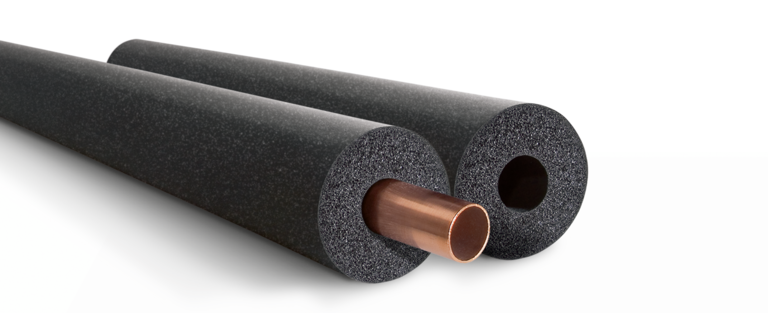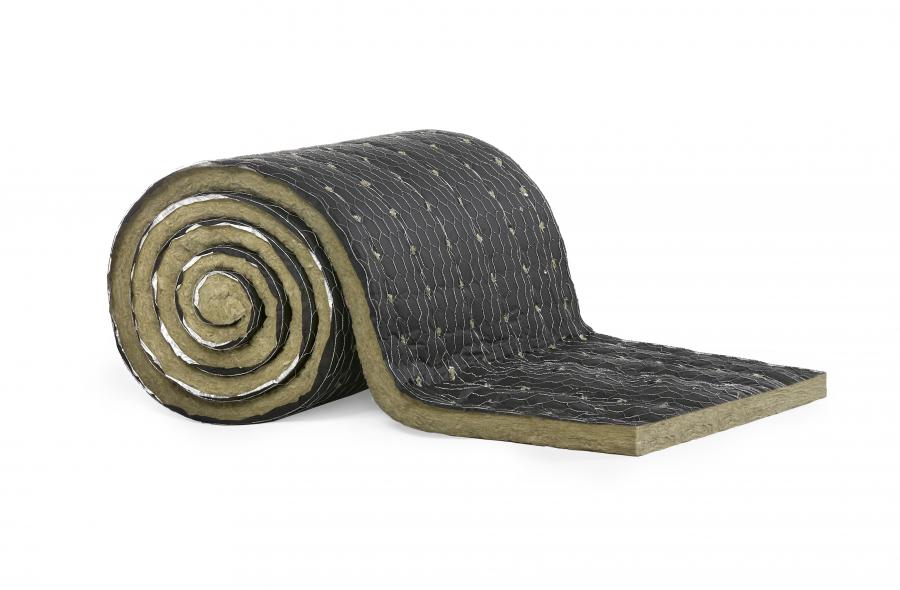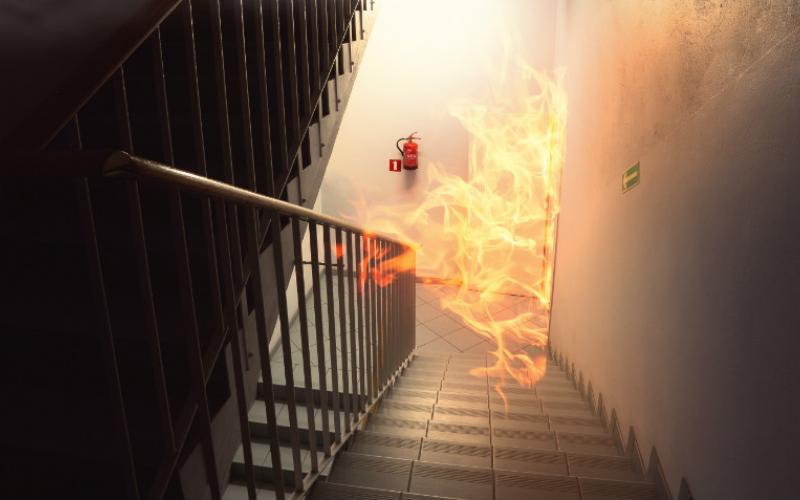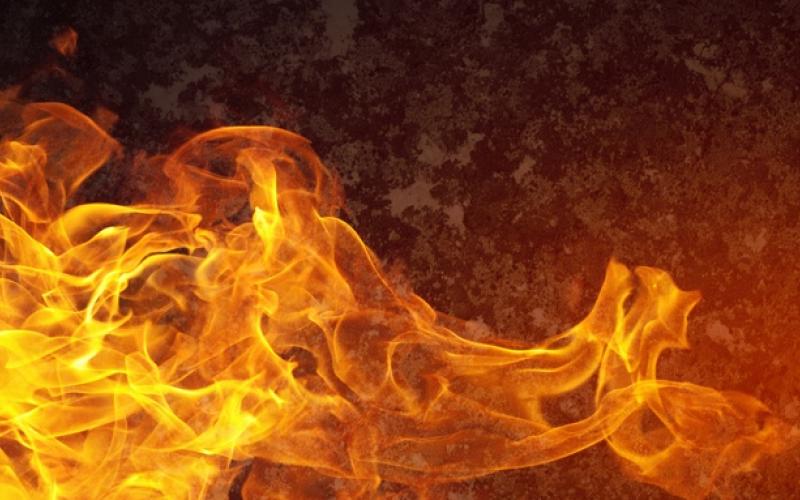Isopartner the insulation wholesaler partner for passive fire protection products in Norway
Passive fire protection is fire insulation integrated into the building so that it can withstand fire for a certain period of time, preventing the fire from spreading and ensuring that people are able to get out of the building in time. It should limit damage to the building and allow time for evacuation.
The Building Products Regulation in Norway, which is the regulations for building materials, mentions the basic requirements for building works in relation to fire protection and sets specific requirements for safety in case of fire in a building. We take this seriously in Isopartner and deliver the best products within passive fire protection.
Structures insulated with passive fire protection products have a much better fire resistance than similar structures insulated with other materials. It can provide valuable time to save both human life and great values, as well as giving fire and rescue personnel the opportunity to gain control of a fire, before the building's structures lose their carrying capacity and break down.
Armaflex Protect
Flexible fire sealing and insulation of non-combustible and combustible pipes in pipe penetrations of firewalls and covers (EI 30 to EI 120). Insulation and fire sealing of pipe penetrations for heating, sanitary and cooling pipes, on non-combustible pipes up to a diameter of 323 mm and combustible pipes up to 75 mm.
Special functions: According to European Technical Approval ETA 3.2.1.2. Armaflex Protect is approved as a fire seal of pipe penetrations and can be used together with any type of insulation.

Passive Fire protection with sealant
Graft® is a 4-hour fire-rated heat-expanding sealant (fire resistance depends on application). The product has been developed and tested for use in various types of linear joints and technical penetrations in fire-limiting building constructions.
Used alone or in combination with GRAFT® FR Fire Plate, the product seals pipe and cable glands to maintain fire safety in masonry, light walls and concrete floors.
The heat-expanding characteristics of the sealant close openings left by plastic pipes and cables when they burn away, while at the same time providing insulation and safety against smoke and fire.
Fire insulation with Paroc HVAC Fire Mat BlackCoat
Paroc HVAC Fire Mat BlackCoat is a stonewool mat coated with reinforced aluminum foil and heat-galvanized mesh. It is used for heat and fire insulation of ventilation ducts.
PAROC's products can withstand high temperatures. The binder breaks down at approx. 200 ° C. The insulation property is then unchanged, but the product has weakened its dimensional and compressive strength in the burned-out parts. Stonewool has a sintering temperature exceeding 1000 ° C.


Steel fire protection with ROCKWOOL Conlit
CONLIT® 150 are hard-pressed sheets of non-combustible moisture and water-repellent ROCKWOOL rock wool. The product is 100% dimensionally stable and has very good fire protection properties. CONLIT 150 (25-50 mm) can also be delivered with fiberglass cloth.
CONLIT 150 is mainly used for fire protection of load-bearing steel structures for fire class R30 to R180. Product documentation RISEFR 010-0253. Can also be used for fire protection of steel plate roofs and concrete structures. Nemko certification license 368.


